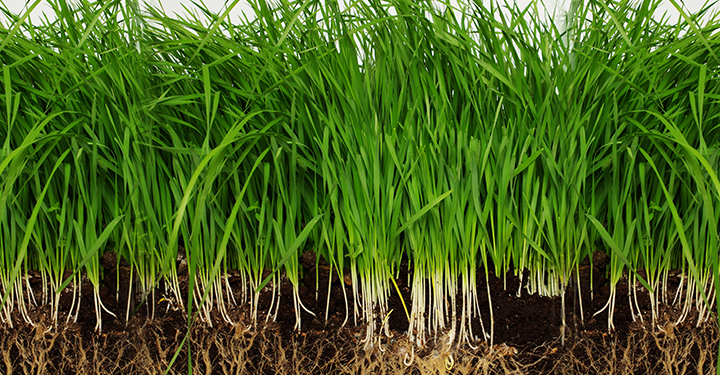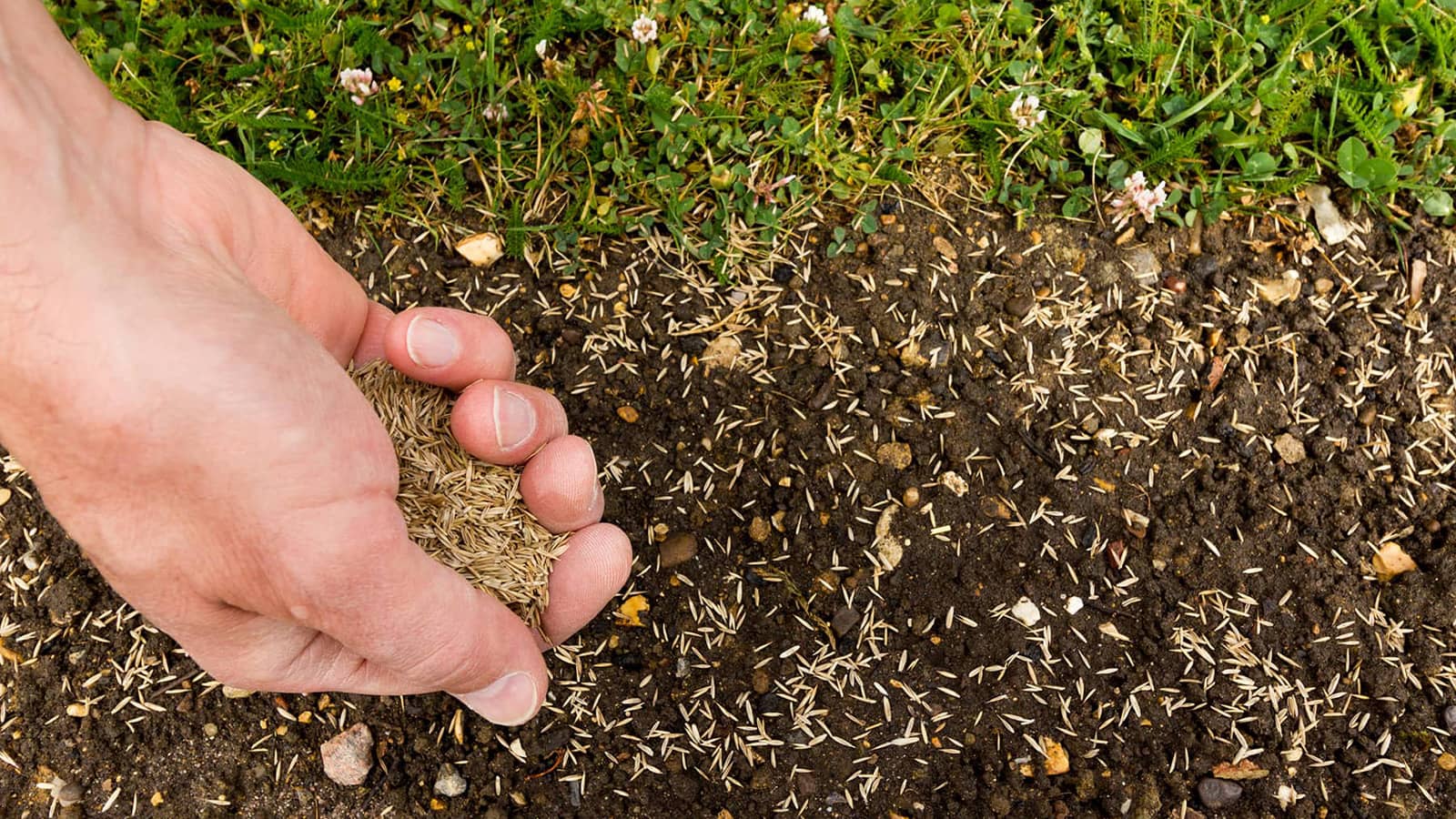Winter Dormant Seeding
Winter dormant seeding is the act of spreading grass seed in bare/thin areas during the winter months. You want to wait until the temperatures are consistently low. Often folks put the seed down before snow arrives. The freezing and thawing pull the seed into the soil and it stays there until warmer temperatures in the Spring. Let Mother Nature work for you by planting the grass.
Advantages of Winter Dormant Seeding:
- Low Maintenance – You can sprinkle some grass seed in bare/thin areas before a snow and the freezing and thawing of the ground will pull the seed down into the soil.
- Requires Less Irrigation than Late Summer or Early Fall Seedings – The seed is already in the soil protected from the elements and can germinate with less precipitation when the warmer soil temperatures arrive in the Spring.
- Cheap Method of Planting Grass Seed – You do not have to use a slice seeder or aerator machine to create pockets and slits. To have a successful seeding, you must have good seed to soil contact. Mother Nature does this part for you with a winter dormant seeding.
Disadvantages of Winter Dormant Seeding:
- No Pre-Emergent Crabgrass Preventer – You or your lawn care provider cannot apply the much needed pre-emergent crabgrass preventer in the Early Spring. You will deal with much more weed pressure and crabgrass later in the Summer because of the lack of this barrier.
- Temperatures Fluctuate – If temperatures fluctuate, there is the possibility that the grass seed germinates too early and a possible cold snap after this would kill it off.
- Lower Germination Rate – Often the germination rate of the grass seed is lower compared with Early Fall germination rates.
- Quick Germinating Grass Species Die – It is possible that quick germinating grasses like perennial ryegrass could pop up too quickly and then die off from the lower temperatures that followed the germination. We suggest using turf type tall fescue grass seed.
- Higher Grass Seed Cost – The mortality rate for the grass seed is much higher, so you need to increase the amount of grass seed planted compared with an Early Fall Seeding. This increases your material cost.

Winter Dormant Seeding Germinates in the Spring
The ideal time to plant grass in the Dayton and Cincinnati areas is September through Mid-October. If you plan on doing a dormant winter seeding though, make sure to let Purelawn know so we do not put down your pre-emergent crabgrass preventer.
Purelawn – 937 703 1221
info@mypurelawn.com

